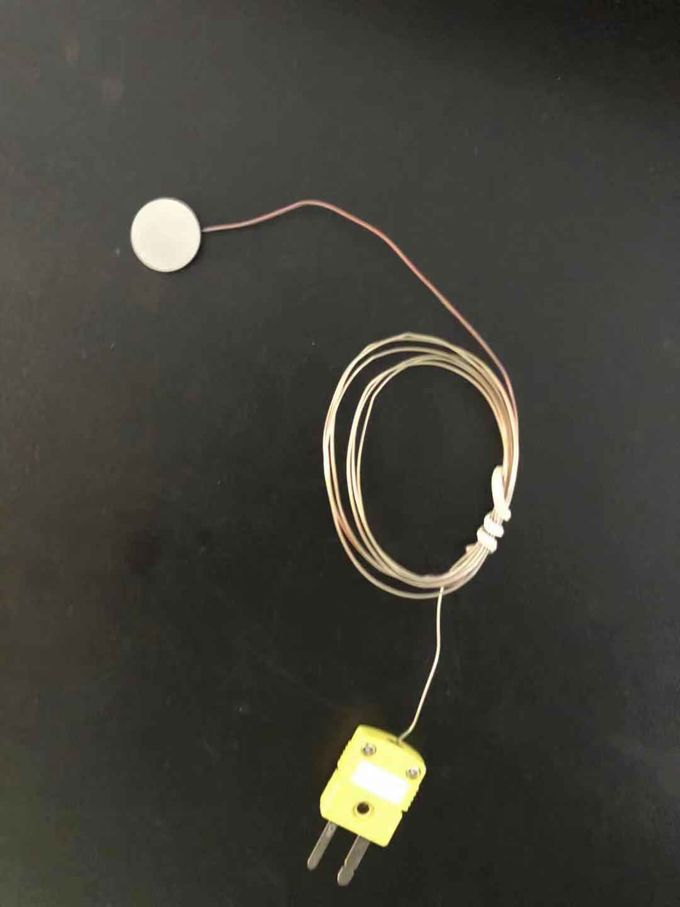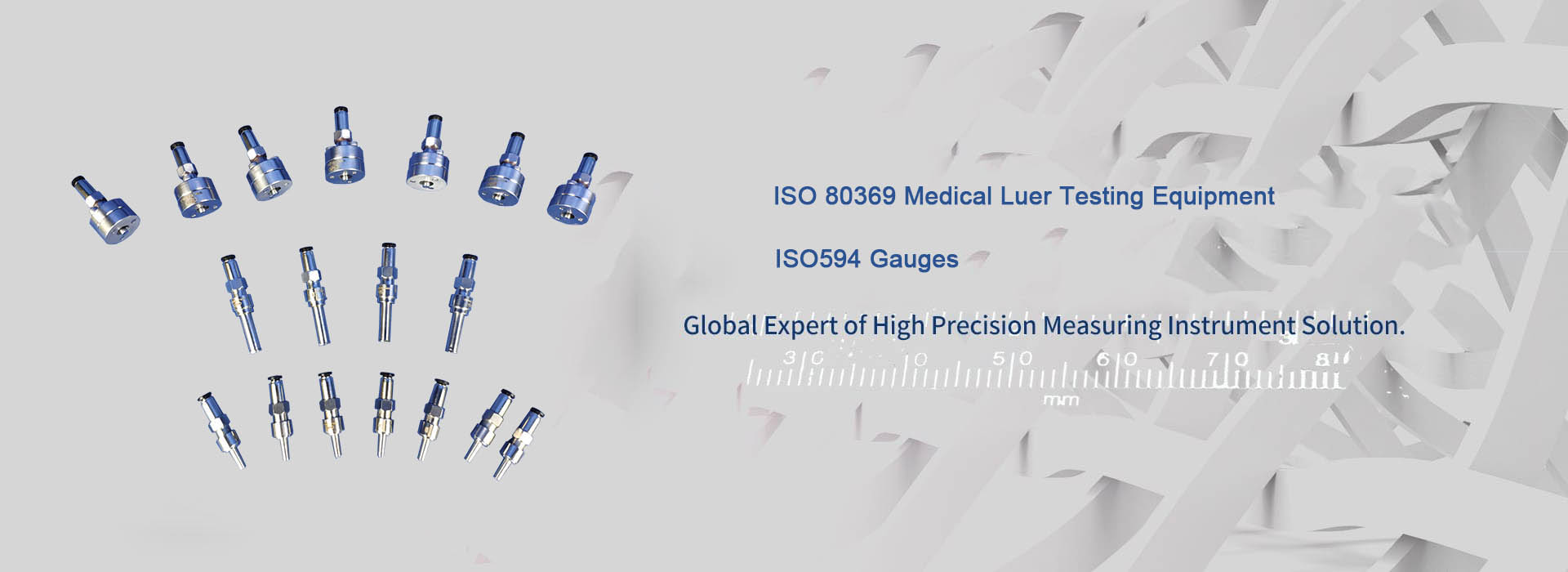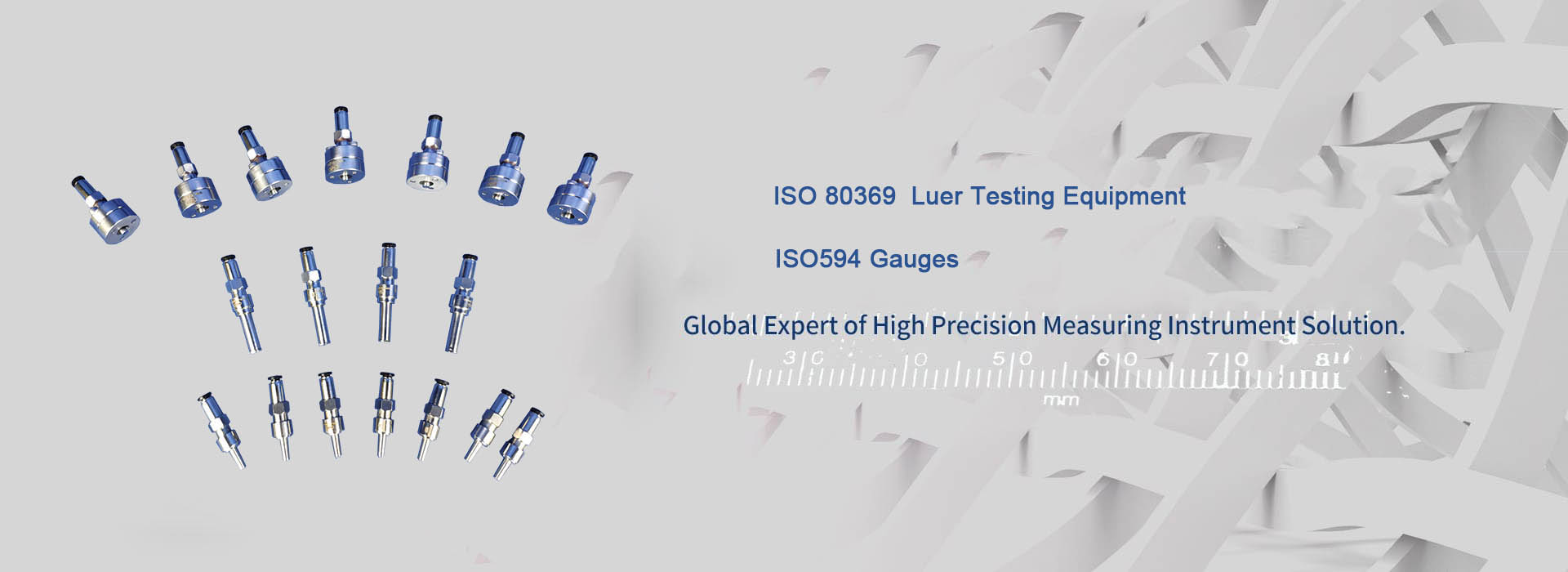Mastering Melting Point: The Ultimate Purchase Guide
Embarking on a journey to master the art of measuring melting points? Look no further than the trusty melting point tester. This gadget is a big deal in research and commercial sectors. It gives you the right temp for all sorts of substances. We're diving deep into this excellent tool, looking at what it can do, and giving you some tips to pick the right one.

The big deal with using a melting point tester is making sure it's accurately. Adjustment is where it's at for getting solid findings.
You gotta adjust the thermometer to hit a standard reference point, like when water reaches boiling point at 100°C. This is super important, because even a slight error can distort your readings big time. Just follow the manufacturer's instructions to standardize it, and utilize a solid reference or some unique fluid to confirm it's accurately.

Get your sample ready right—its cleanliness and how it's mixed can really tweak the melting point. Here are a few tips to consider these tips:

How fast you heat it can be very important. Too quick, and you might skip the point; too slow, and you might just see it solidify before melting
Typically, you should to heat it up at 1 to 5 degrees a minute. However, it may vary based on what you're testing.

Multiple types include of thermometers available for determination of melting point, each offering distinct attributes and benefits. Common varieties include:

Getting a solid melting point tester is smart if you're into science or industry. Adhere to these guidelines and soon, you'll be well-versed in melting point testing
- KINGPO will meet you at the 92nd China International Medical Equipment (Autumn) Expo in 2025
- Is defibrillation protection testing done correctly?
- Fatal mistakes in IPX9K waterproof test: nozzle size and water temperature control, the truth you must know
- What are the key differences between ISO 80369-7 and ISO 594?
- ISO 80369-7 Luer Gauge Checklist
- KINGPO Company Unveils Next-Generation Electrosurgery Analyzer
- KingPo CEO invited to the 83rd International Electrotechnical Commission (IEC) General Assembly
- Saudi Arabian Customer Purchase ISO 80369-7 reference connector and ISO 80369-20 test apparatus from us
- ISO 80369-3 Test Equipment LIst
- Understanding the Importance of Buying a Luer Connection Test Kit


